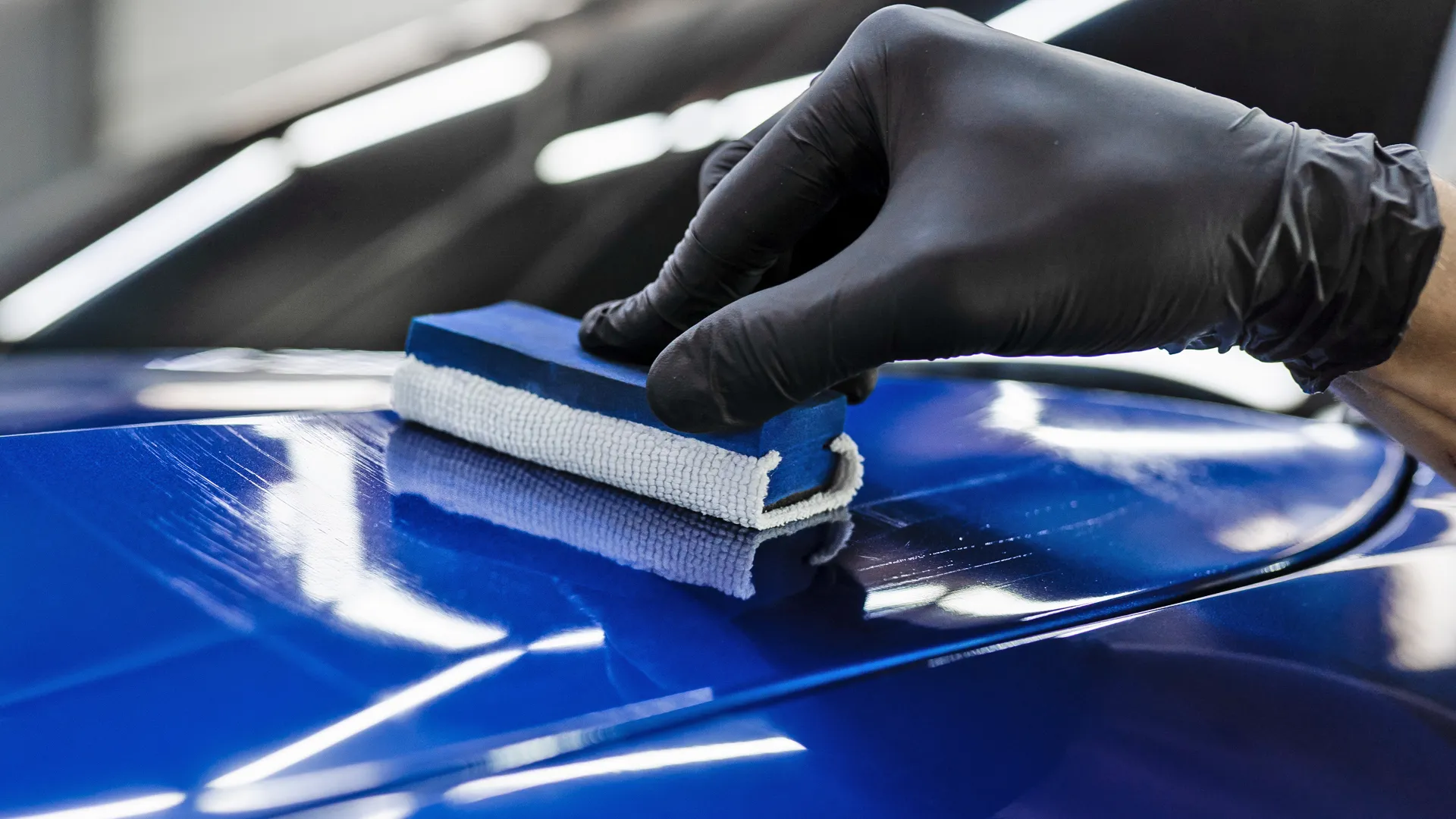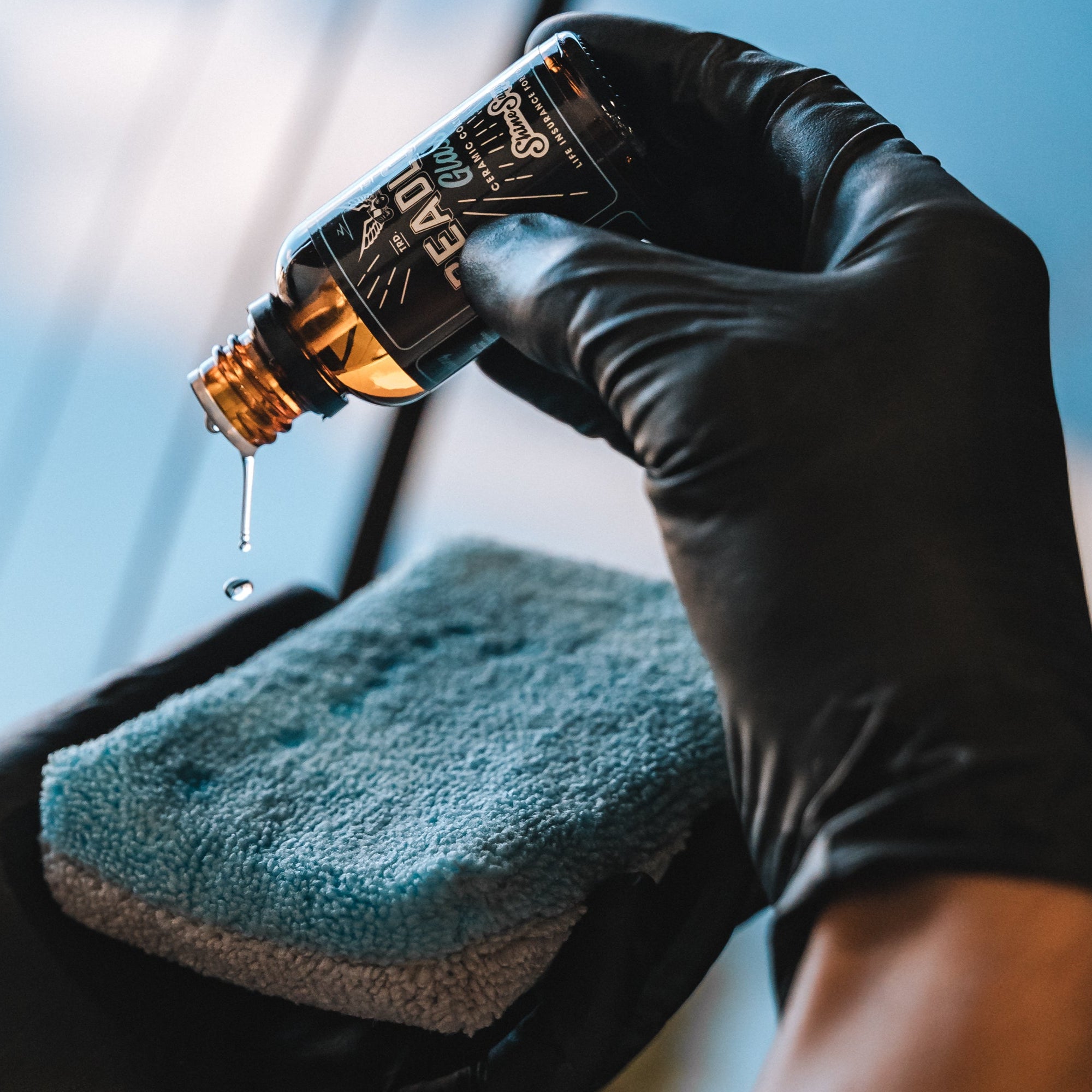Choose expert-installed paint protection film for a invisible layer of protection.
Choose expert-installed paint protection film for a invisible layer of protection.
Blog Article
A Comprehensive Guide to the Types of Ceramic Finishing on the Market
Ceramic finishes have emerged as an essential remedy across various markets due to their one-of-a-kind buildings and applications. As we explore the distinct characteristics and applications of these coatings, the ramifications for efficiency and durability become increasingly obvious, increasing inquiries about which kind could best match your needs.
Comprehending Ceramic Coatings
Ceramic finishes are innovative safety services that have actually gained popularity in various industries, particularly in auto and aerospace applications. These finishes contain a liquid polymer that, when cured, develops a long lasting, hydrophobic layer on the surface of the substratum. This layer gives enhanced resistance to environmental contaminants, UV radiation, and chemical exposure, thereby prolonging the life and aesthetic allure of the underlying material.
The basic component of ceramic layers is silica, which contributes to their firmness and resilience. The application procedure commonly entails surface area preparation, application of the finishing, and healing, which can be accomplished via warmth or UV light. Once cured, ceramic finishings display remarkable bonding residential properties, allowing them to adhere highly to a range of surfaces, including metals, plastics, and glass.
In addition to their protective attributes, ceramic finishes also use simplicity of upkeep. Their hydrophobic nature lowers the adherence of dirt and gunk, making cleansing simpler and less constant. Overall, the adoption of ceramic coatings stands for a significant development in surface area security modern technology, giving both practical and visual advantages throughout multiple industries.
Types of Ceramic Coatings
Different sorts of ceramic coverings are offered, each made to meet details efficiency needs and applications - scratch repair sarasota. The most typical kinds consist of:
Silica-based Coatings: These coverings primarily consist of silicon dioxide and are known for their toughness and chemical resistance. They are commonly utilized in auto and commercial applications.
Titanium Dioxide Coatings: Renowned for their photocatalytic residential properties, titanium dioxide layers are typically used in settings where self-cleaning and antifungal homes are desirable, such as in structure products and automotive coatings.
Zirconia Coatings: Defined by their high-temperature security and thermal resistance, zirconia coverings are made use of in applications such as turbine engines and high-performance vehicle parts.
Alumina Coatings: Displaying outstanding firmness and thermal security, alumina finishings are frequently used in wear-resistant applications, consisting of cutting devices and commercial equipment. - Auto Detailing
Hybrid Coatings: Integrating the properties of different products, crossbreed coatings provide boosted performance features, making them ideal for distinct and requiring applications.
Each kind of ceramic finishing offers distinctive functions, allowing individuals to pick the most suitable option based on details environmental conditions and performance needs.
Benefits of Ceramic Coatings
Coatings play a crucial role in boosting the performance and durability of surface areas throughout different sectors. Ceramic finishes, in particular, deal go to my blog many benefits that make them increasingly prominent among suppliers and consumers alike. One of the main advantages is their remarkable toughness. These layers are immune to scrapes, chemicals, and UV rays, guaranteeing that the underlying surface remains secured in time.
In enhancement to durability, ceramic coatings offer outstanding hydrophobic properties, permitting simple cleaning and upkeep. This water-repellent nature reduces the adherence of dirt, gunk, and various other impurities, which can prolong the visual allure and functionality of the surface. Moreover, ceramic layers can considerably improve thermal resistance, making them optimal for applications that withstand high temperatures.

Application Refine
When applying ceramic layers, a careful strategy is vital to accomplish optimal outcomes. The application procedure usually starts with comprehensive surface prep work. This involves cleaning, decontaminating, and brightening the surface to get rid of all pollutants, consisting of dirt, oil, and prior waxes or sealants. A tidy surface area makes sure proper attachment of the finish.
Once the surface is prepped, the next step is to apply the ceramic covering. The layer ought to useful site be used in thin layers, as thicker applications can lead to unequal finishes.
After application, the covering calls for a certain treating time, commonly varying from a few hours to a full day, depending on the product. Adhering to visit this site these actions vigilantly will optimize the performance and long life of the ceramic finish, offering a durable safety layer for the surface.
Upkeep and Durability
To make certain the durability and effectiveness of a ceramic finish, regular maintenance is crucial. Ceramic finishings, known for their toughness and safety qualities, need specific treatment regimens to maximize their lifespan and performance.
In addition to normal washing, regular examinations are important. Try to find indicators of wear or damages, such as hydrophobic residential or commercial properties reducing or surface area blemishes. If necessary, a light polish may be used to rejuvenate the covering without stripping it away.
Additionally, the application of a booster spray can improve the coating's hydrophobic impacts and restore its gloss. This is especially valuable for coverings that have been in use for an extended duration. Inevitably, by adhering to these upkeep techniques, one can significantly extend the life of a ceramic coating, making certain that it continues to provide optimal defense versus ecological factors and preserve the aesthetic charm of the car.
Conclusion

Report this page